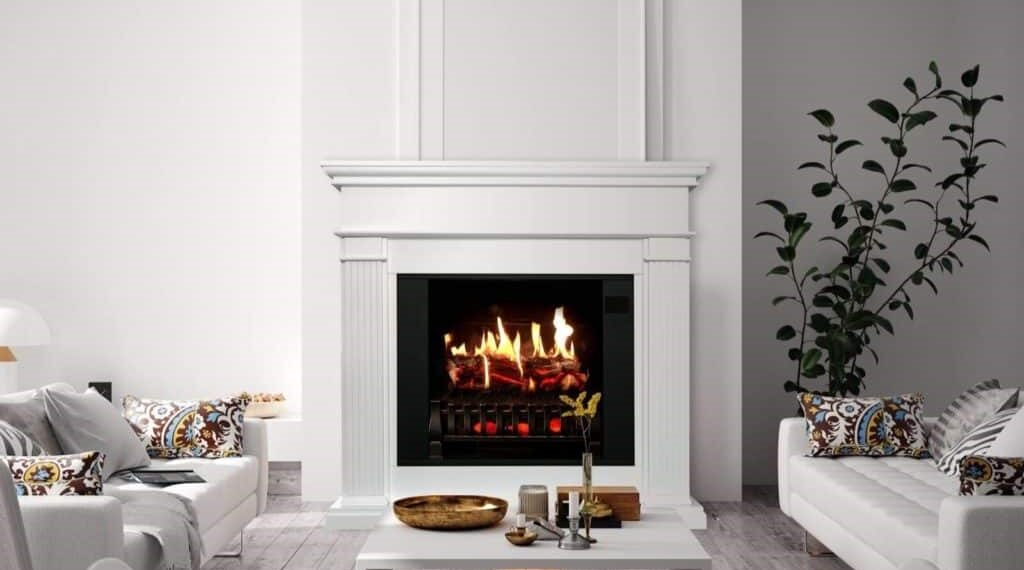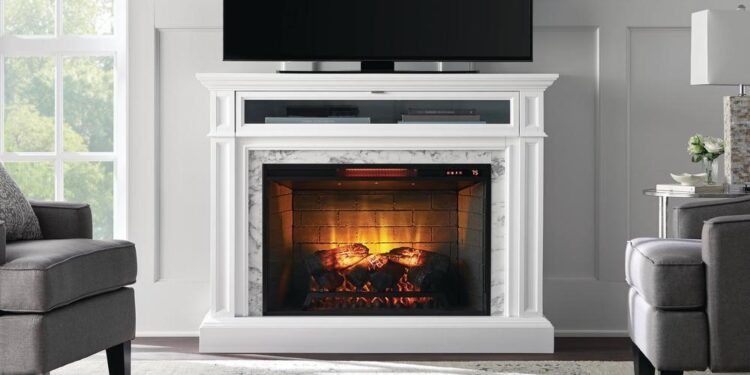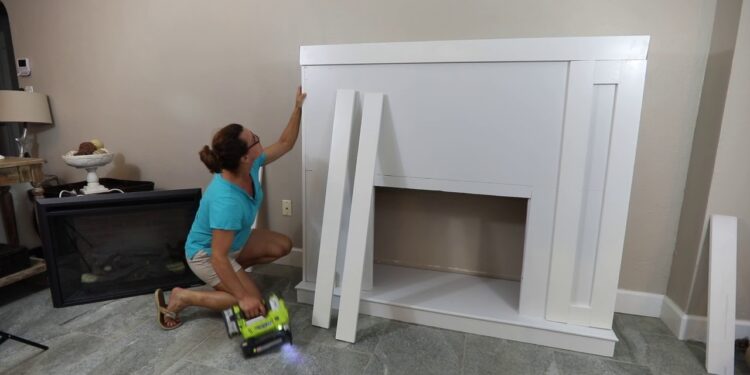Fireplaces are a model of functionality and aesthetics. Most of the time, however, they can be difficult to install, especially if you opt for a rather dated extension. Bioethanol fireplaces are quite dominant on the modern market and in contemporary design schemes, but nothing can beat the intimate intimacy of a gas fireplace. Both come with an expanded list of advantages and disadvantages of their own.
However, lately, with a growing respect for DIY trends, making your fireplace has become a problem at all. You can build one or install one according to your needs and you will find all the necessary instructions easily on the Internet. Following this growing trend, in this article, we will see how to build a fireplace most efficiently.
1. Purpose
There are indeed two types of fireplaces when defining a purpose. Both reasons are acceptable in their own right. The first relates to functionality: a fireplace itself is a purely functional entity. The basic elements of your setup promote pragmatism. It was created to tend to the fire and keep the occupants of a space warm. When it comes to the second purpose, aesthetics, we know it was a later advent.
Aesthetics only matter when the basic function is fulfilled. The correlation of both purposes is what translates into a modern environment. A modern fireplace can serve one or both purposes, but it is up to you to define whether you want functionality, aesthetics, or both.

2. Consider the layout
Even if you go for a fairly functional approach, there will always be a stylistic element in the mix. Each interior has its own aesthetic, be it modern, traditional, or transitional. Any fireplace, before its construction, must be configured on a specific tag. Then, based on the aesthetic qualities of that label, you can design your electric fireplace. If your interior emulates the modern style, then your fireplace would certainly have to complement that aesthetic. If they are opposite, that would hamper the appearance of your interior and make it appear garish.
3. Scale and proportion
When you’re done with selecting a topic, it’s time to get down to business. First, determine the size and scale of your fireplace. This completely depends on the existing environment. If the given scale is too large, it will hamper the aesthetic quality of your interior. If the determined scale is too small, it would interfere with the other complementary proportions of your room. So the size has to be correct. Don’t let the fireplace dominate or be overshadowed by the size of its interior.
4. Decide on gas, electricity, or bioethanol
A gas fireplace is completely different when it comes to an installation strategy. You have specific requirements that must be met: the fireplace, the gates, the fireplace liner, a gas, and an electric line. It can be a drag process.

However, the electric fireplace heater only needs one place to be installed inside the home. So does the bioethanol counterpart. Both can also give a pretty attractive aesthetic quality to the whole mix. None, however, compares to the convenience of a gas fireplace. The cost range is also important.
5. Gas/electricity line
If you decide on a gas or electric fireplace, then you will need to hire a professional to place a gas and electric connection near the mantle. A gas fireplace cannot function without a gas connection and running one yourself would be out of the question unless you are a certified professional. An electric heater, even if it is a wall mount, needs an electrical connection to function. So if you don’t have one yet, it would be wise to hire a professional to create one for you.
6. Kit design
When you’ve settled on the tough parts, it’s time to select a design for your fireplace kit. A fireplace kit is a pre-made fireplace kit that only needs to be assembled at the owner’s whim. It comes in various designs and offers a good range. It is cost-effective and efficient – a good substitute for a bit by bit construction prototypes. The best part about these kits is that they come in a wide range of budgets that can be affordable for almost anyone.
7. Personalization
If you don’t want a ready-made set and want a custom-designed fireplace, you will need to hire a contractor. You can write the design, but the writing of the details should be handled by professionals. Only when you’re done can the contractor build the fireplace you want.










